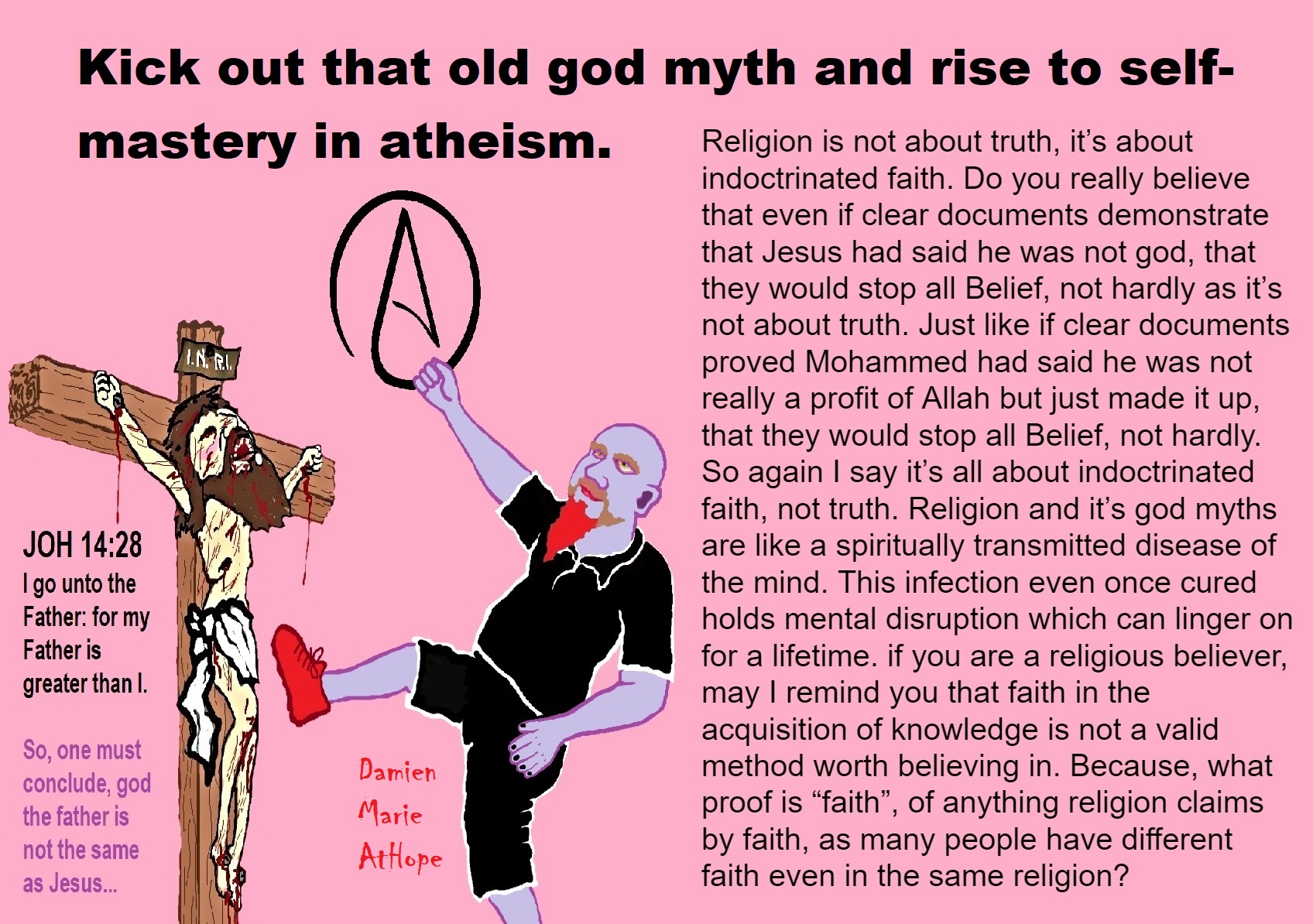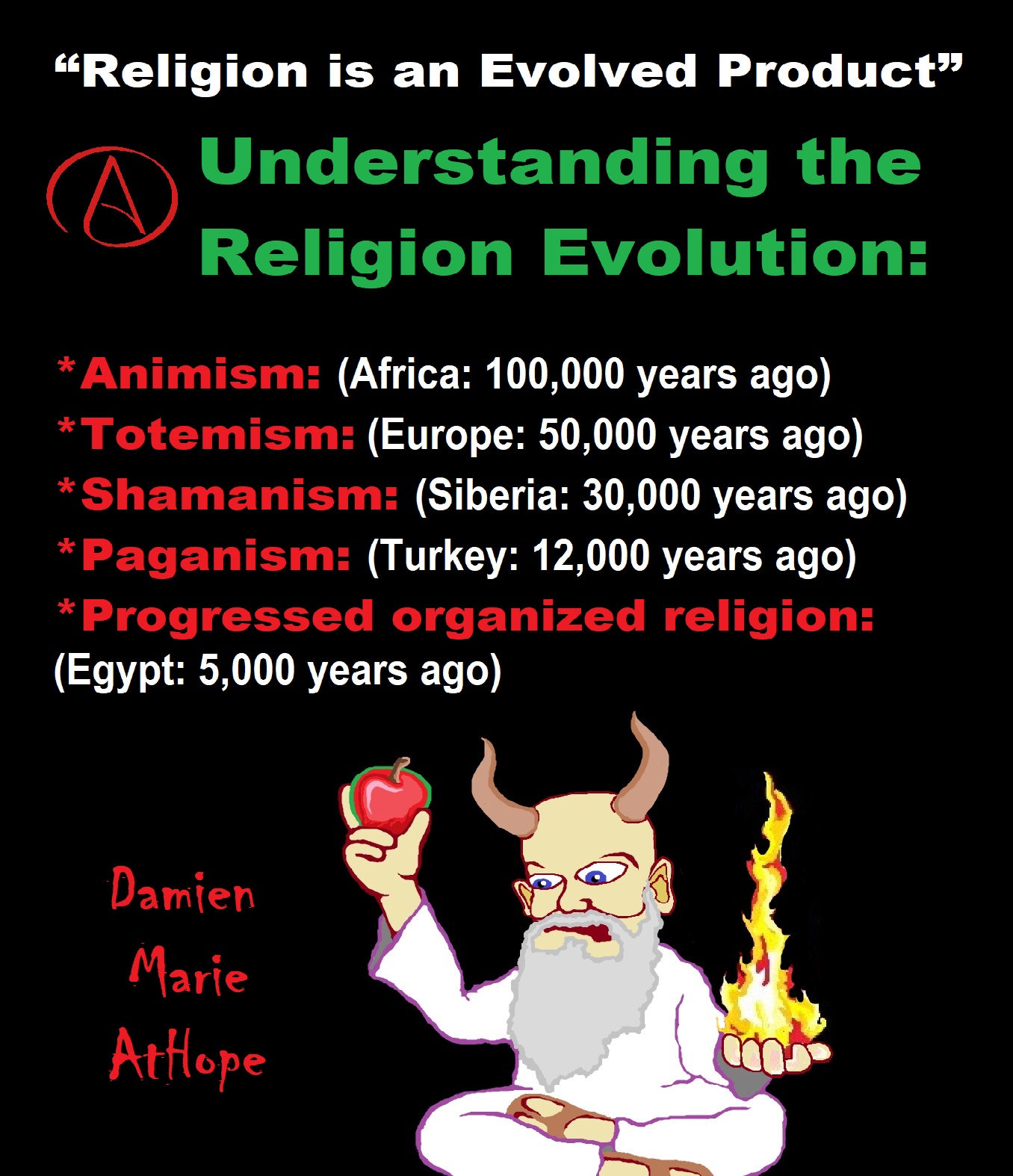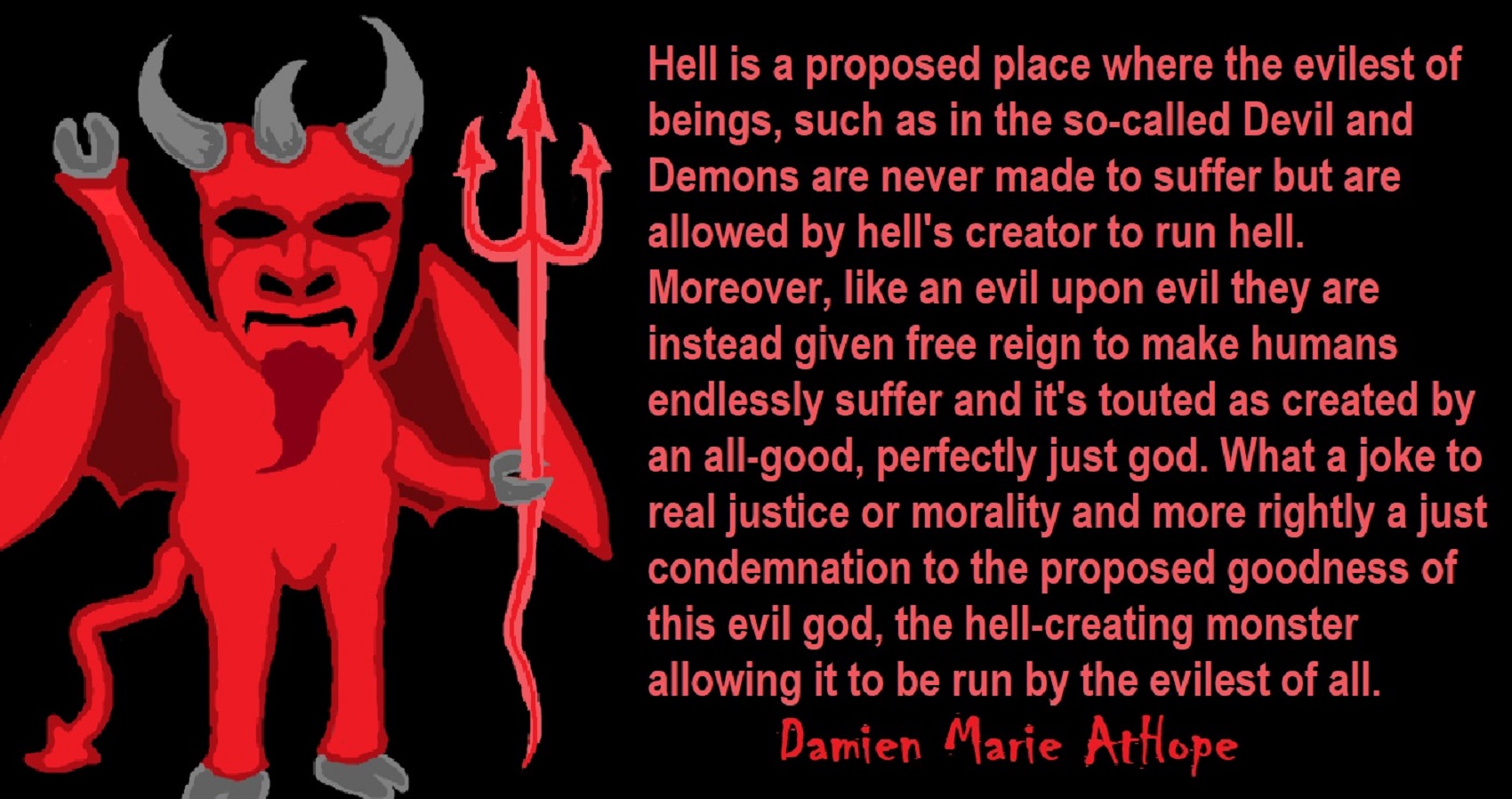
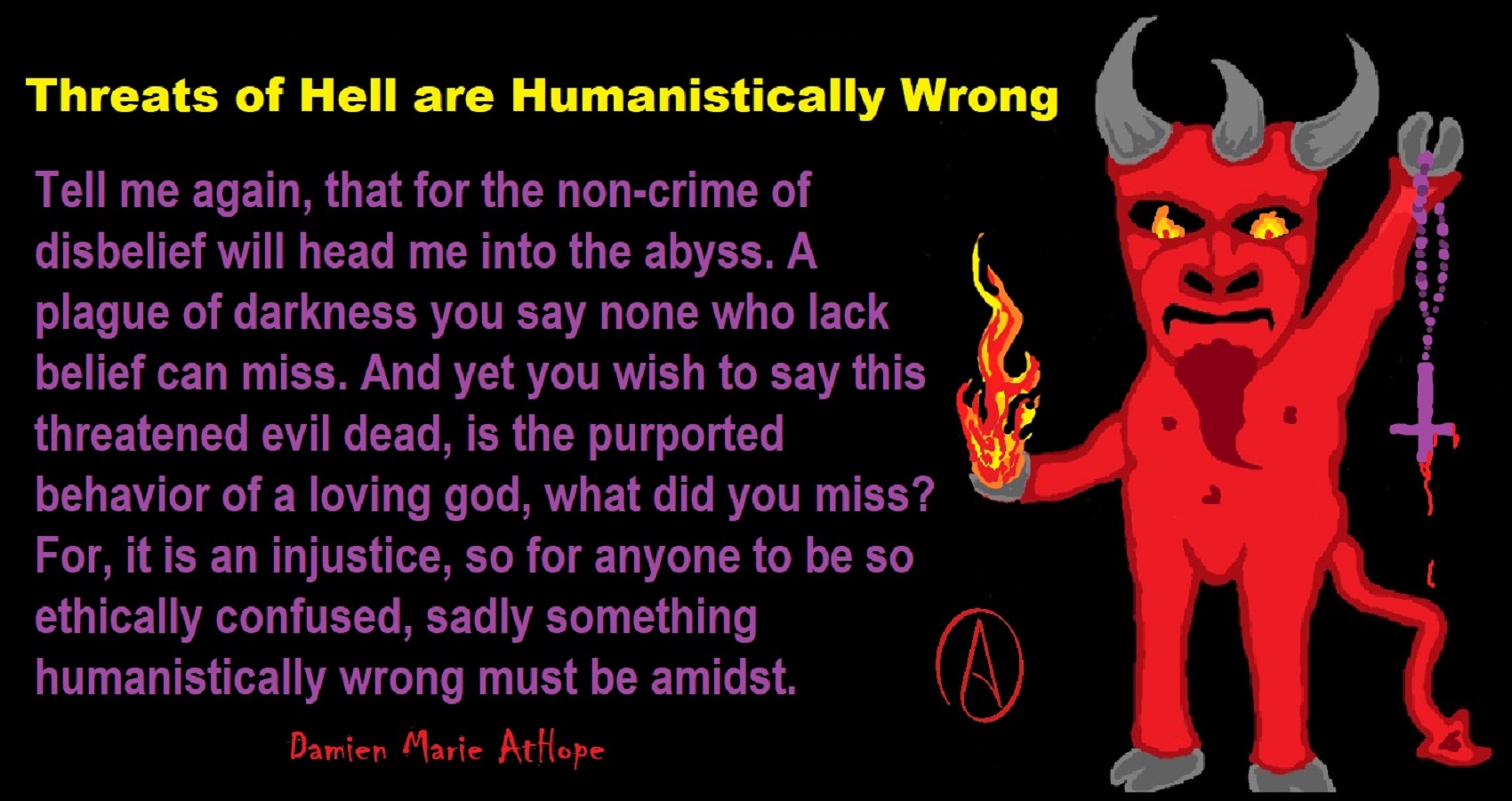

The King James version’s mistakes lead to a wrong concept of Lucifer as Satan
King James Version of the Bible and its translation errors further compounded the inaccuracies of Lucifer as Satan a fallen one. Isaiah 14:12 in the King James Version reads, “How art thou has fallen from heaven, O Lucifer, son of the morning! how art thou cut down to the ground, which didst weaken the nations” (Isaiah 14:12 King James Version).
The New International Version of the bibles updated understanding differs from early English translations of this verse.
The updated translation Isaiah 14:12 from the New International Version, “How you have fallen”1 from heaven, 0-morning star,” son of the dawn! You have been cast down to the earth, you who once laid low the nations” (Isaiah 14:12 New International Version, Study Bible).
In “14:12” some believe that Isaiah is giving a description of the fall of Satan, however, the passage clearly applies to the king of Babylon. The Hebrew word for this expression is translated Lucifer was lit. “light-bearer” in the Latin, “Lucifer” was used in early English translations of this verse” (Barker, 2002 p. 1054 New International Version, Study Bible Concordance).
Thus the King James Version of the Bible translation is a mistranslation giving a flawed impression. The scholars authorized by King James I to translate the Bible into English did not use the original Hebrew texts, but used translated versions. The King James Version of the Bible was largely translated by St. Jerome in the fourth century. Jerome had mistranslated the Hebraic metaphor, ‘Day star, son of the Dawn,’ as ‘Lucifer,’ and over the centuries a metamorphosis took place. Lucifer the morning star became a disobedient angel, cast out of heaven to rule eternally in hell.
Theologians, writers, and poets interwove the myth with the doctrine of the Fall, and in Christian tradition, Lucifer is now the same as Satan, the Devil, and — ironically — the Prince of Darkness.
Why Lucifer?
In Roman astronomy, Lucifer was the name given to the morning star (the star we now know by another Roman name, Venus).
The morning star appears in the heavens just before dawn, heralding the rising sun. The name derives from the Latin term lucem ferre, bringer, or bearer, of light.” In the Hebrew text, the expression used to describe the Babylonian king before his death is Helal, son of Shahar, which can best be translated as ‘Day star, son of the Dawn” (Robinson, n.d.).
Stars: Ancestors, Spirit Animals, and Deities (at least back to around 6,000 years ago)
Therefore, now it must be understood that Lucifer is not another name for Satan.
Scary Beasts In Heaven?
“And before the throne of god there was a sea of glass like crystal: and around the throne, were four beasts full of eyes in front and behind.
The first beast was like a lion, and the second beast like a calf and the third beast had a face as a man, and the fourth beast was like a flying eagle (totemistic thinking).
And the four beasts had each of them six wings about him, and they were full of eyes within: and they rest not day and night.” (Revelation 4:6-8)
Comment
Here we have a rare description of heaven where it appears frightening with strange beasts. One cannot help to think that it seems more a description of Hell than a heaven…
Good thing it’s all fake. Lol
Preposterous Idea of a Deity that Would Create Hell
- Devil, Satan, Lucifer, and the Serpent? Guess What They are Not the Same.
- Horned female shamans and Pre-satanism Devil/horned-god Worship? at least 10,000 years ago
- 31,000 – 20,000 years ago Oldest Shaman was Female, Buried with the Oldest Portrait Carving
- Satanism More or Less
- Hell is not a source of science, Satan says

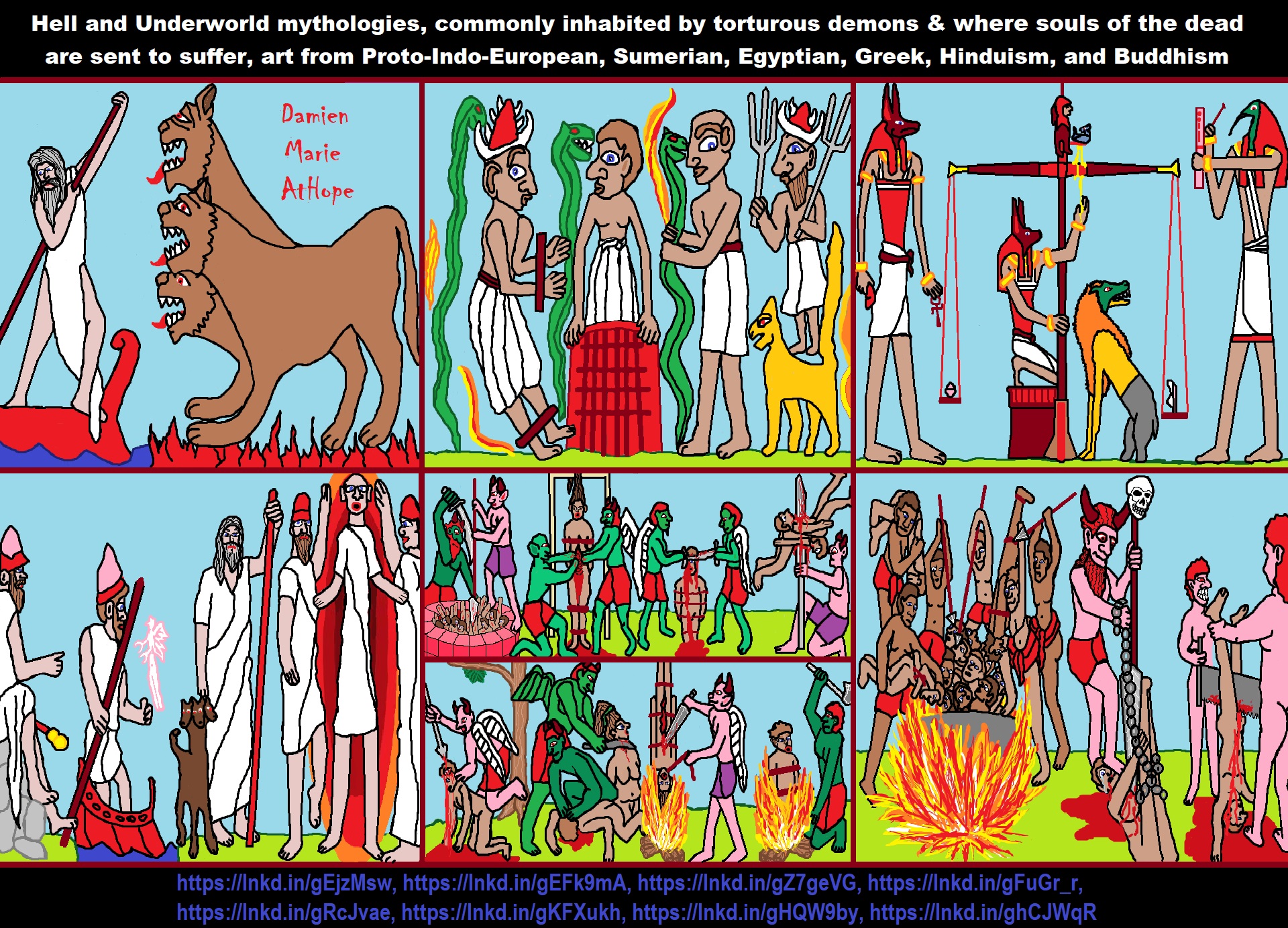
ref, ref, ref, ref, ref, ref, ref, ref, ref, ref, ref
Sumerian religion/ Mesopotamian mythology
Hell and Underworld mythologies, commonly inhabited by torturous demons and the souls of dead sent to suffer, from Proto-Indo-European, Sumerian, Egyptian, Greek, Hinduism, and Buddhism
“Hell appears in several mythologies and religions. And in religion as well as folklore, Hell is an afterlife location in which evil souls are subjected to punitive suffering, often torture as eternal punishment after death. Religions with a linear divine history often depict hells as eternal destinations, the biggest examples of which are Christianity and Islam, whereas religions with reincarnation usually depict a hell as an intermediary period between incarnations, as is the case in the dharmic religions. Religions typically locate hell in another dimension or under Earth‘s surface. Other afterlife destinations include Heaven, Paradise, Purgatory, Limbo, and the underworld. Other religions, which do not conceive of the afterlife as a place of punishment or reward, merely describe an abode of the dead, the grave, a neutral place that is located under the surface of Earth (for example, see Kur, Hades, and Sheol). Such places are sometimes equated with the English word hell, though a more correct translation would be “underworld” or “world of the dead”. The ancient Mesopotamian, Greek, Roman, and Finnic religions include entrances to the underworld from the land of the living.” ref
“The modern English word hell is derived from Old English hel, helle (first attested around 725 AD to refer to a nether world of the dead) reaching into the Anglo-Saxon pagan period. The word has cognates in all branches of the Germanic languages, including Old Norse hel (which refers to both a location and goddess-like being in Norse mythology), Old Frisian helle, Old Saxon hellia, Old High German hella, and Gothic halja. All forms ultimately derive from the reconstructed Proto-Germanic feminine noun *xaljō or *haljō (‘concealed place, the underworld’). In turn, the Proto-Germanic form derives from the o-grade form of the Proto-Indo-European root *kel-, *kol-: ‘to cover, conceal, save’. Indo-European cognates include Latin cēlāre (“to hide”, related to the English word cellar) and early Irish ceilid (“hides”). Upon the Christianization of the Germanic peoples, extension of Proto-Germanic *xaljō were reinterpreted to denote the underworld in Christian mythology, for which see Gehenna. Related early Germanic terms and concepts include Proto-Germanic *xalja-rūnō(n), a feminine compound noun, and *xalja-wītjan, a neutral compound noun. This form is reconstructed from the Latinized Gothic plural noun *haliurunnae (attested by Jordanes; according to philologist Vladimir Orel, meaning ‘witches‘), Old English helle-rúne (‘sorceress, necromancer‘, according to Orel), and Old High German helli-rūna ‘magic’. The compound is composed of two elements: *xaljō (*haljō) and *rūnō, the Proto-Germanic precursor to Modern English rune.[4] The second element in the Gothic haliurunnae may however instead be an agent noun from the verb rinnan (“to run, go”), which would make its literal meaning “one who travels to the netherworld”. Proto-Germanic *xalja-wītjan (or *halja-wītjan) is reconstructed from Old Norse hel-víti ‘hell’, Old English helle-wíte ‘hell-torment, hell’, Old Saxon helli-wīti ‘hell’, and the Middle High German feminine noun helle-wīze. The compound is a compound of *xaljō (discussed above) and *wītjan (reconstructed from forms such as Old English witt ‘right mind, wits’, Old Saxon gewit ‘understanding’, and Gothic un-witi ‘foolishness, understanding’).” ref
“Punishment in Hell typically corresponds to sins committed during life. Sometimes these distinctions are specific, with damned souls suffering for each sin committed (see for example Plato’s myth of Er or Dante’s The Divine Comedy), but sometimes they are general, with condemned sinners relegated to one or more chamber of Hell or to a level of suffering. In many religious cultures, including Christianity and Islam, Hell is often depicted as fiery, painful, and harsh, inflicting suffering on the guilty. Despite these common depictions of Hell as a place of fire, some other traditions portray Hell as cold. Buddhist – and particularly Tibetan Buddhist – descriptions of Hell feature an equal number of hot and cold Hells. Among Christian descriptions, Dante‘s Inferno portrays the innermost (9th) circle of Hell as a frozen lake of blood and guilt. But cold also played a part in earlier Christian depictions of Hell, beginning with the Apocalypse of Paul, originally from the early third century; the “Vision of Dryhthelm” by the Venerable Bede from the seventh century; “St Patrick’s Purgatory“, “The Vision of Tundale” or “Visio Tnugdali“, and the “Vision of the Monk of Eynsham“, all from the twelfth century; and the “Vision of Thurkill” from the early thirteenth century.” ref
Proto-Indo-European
“The hells of Europe include Breton mythology’s “Anaon”, Celtic mythology‘s “Uffern”, Slavic mythology‘s “Peklo”, the hell of Sami mythology and Finnish “tuonela” (“manala”).” ref
“The Indo-European languages are a large language family native to western Eurasia. It comprises most of the languages of Europe together with those of the northern Indian Subcontinent and the Iranian Plateau. A few of these languages, such as English and Spanish, have expanded through colonialism in the modern period and are now spoken across all continents. The Indo-European family is divided into several branches or sub-families, the largest of which are the Indo-Iranian, Germanic, Romance, and Balto-Slavic groups. The most populous individual languages within them are Spanish, English, Hindustani (Hindi/Urdu), Portuguese, Bengali, Punjabi, and Russian, each with over 100 million speakers. German, French, Marathi, Italian, and Persian have more than 50 million each. In total, 46% of the world’s population (3.2 billion) speaks an Indo-European language as a first language, by far the highest of any language family. There are about 445 living Indo-European languages, according to the estimate by Ethnologue, with over two thirds (313) of them belonging to the Indo-Iranian branch. All Indo-European languages are descendants of a single prehistoric language, reconstructed as Proto-Indo-European, spoken sometime in the Neolithic era. Its precise geographical location, the Indo-European urheimat, is unknown and has been the object of many competing hypotheses; the most widely accepted is the Kurgan hypothesis, which posits the urheimat to be the Pontic–Caspian steppe, associated with the Yamnaya culture around 3000 BC. By the time the first written records appeared, Indo-European had already evolved into numerous languages spoken across much of Europe and south-west Asia. Written evidence of Indo-European appeared during the Bronze Age in the form of Mycenaean Greek and the Anatolian languages, Hittite and Luwian. The oldest records are isolated Hittite words and names – interspersed in texts that are otherwise in the unrelated Old Assyrian language, a Semitic language – found in the texts of the Assyrian colony of Kültepe in eastern Anatolia in the 20th century BC. Although no older written records of the original Proto-Indo-Europeans remain, some aspects of their culture and religion can be reconstructed from later evidence in the daughter cultures. The Indo-European family is significant to the field of historical linguistics as it possesses the second-longest recorded history of any known family, after the Afroasiatic family in the form of the Egyptian language and the Semitic languages.” ref
“The Proto-Indo-Europeans were a hypothetical prehistoric ethnolinguistic group of Eurasia who spoke Proto-Indo-European (PIE), the ancestor of the Indo-European languages according to linguistic reconstruction. Knowledge of them comes chiefly from that linguistic reconstruction, along with material evidence from archaeology and archaeogenetics. The Proto-Indo-Europeans likely lived during the late Neolithic, or roughly the 4th millennium BC. Mainstream scholarship places them in the Pontic–Caspian steppe zone in Eastern Europe (present-day Ukraine and southern Russia). Some archaeologists would extend the time depth of PIE to the middle Neolithic (5500 to 4500 BC) or even the early Neolithic (7500 to 5500 BC), and suggest alternative location hypotheses. By the early second millennium BC, descendants of the Proto-Indo-Europeans had reached far and wide across Eurasia, including Anatolia (Hittites), the Aegean (the ancestors of Mycenaean Greece), the north of Europe (Corded Ware culture), the edges of Central Asia (Yamnaya culture), and southern Siberia (Afanasievo culture).” ref
“Using linguistic reconstruction from old Indo-European languages such as Latin and Sanskrit, hypothetical features of the Proto-Indo-European language are deduced. Assuming that these linguistic features reflect the culture and environment of the Proto-Indo-Europeans, the following cultural and environmental traits are widely proposed:
- pastoralism, including domesticated cattle, horses, and dogs
- agriculture and cereal cultivation, including technology commonly ascribed to late-Neolithic farming communities, e.g., the plow
- transportation by or across water
- the solid wheel, used for wagons, but not yet chariots with spoked wheels[8]
- worship of a sky god, *Dyḗus Ph2tḗr (lit. “sky father”; > Vedic Sanskrit Dyáuṣ Pitṛ́, Ancient Greek Ζεύς (πατήρ) / Zeus (patēr)), vocative *dyeu ph2ter (> Latin Iūpiter, Illyrian Deipaturos)
- oral heroic poetry or song lyrics that used stock phrases such as imperishable fame (*ḱléwos ń̥dʰgʷʰitom) and the wheel of the sun (*sh₂uens kʷekʷlos).
- a patrilineal kinship-system based on relationships between men. ref
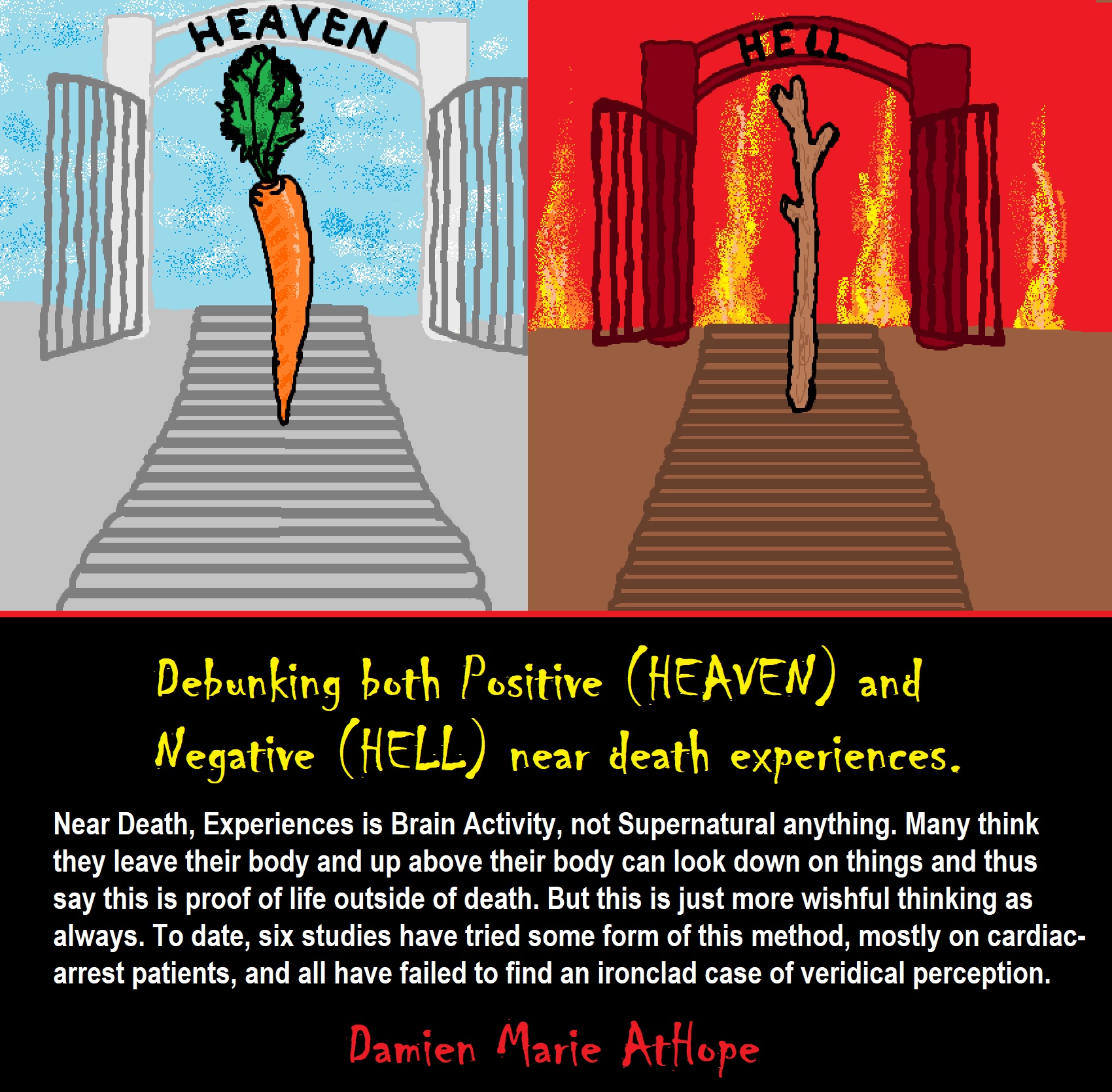
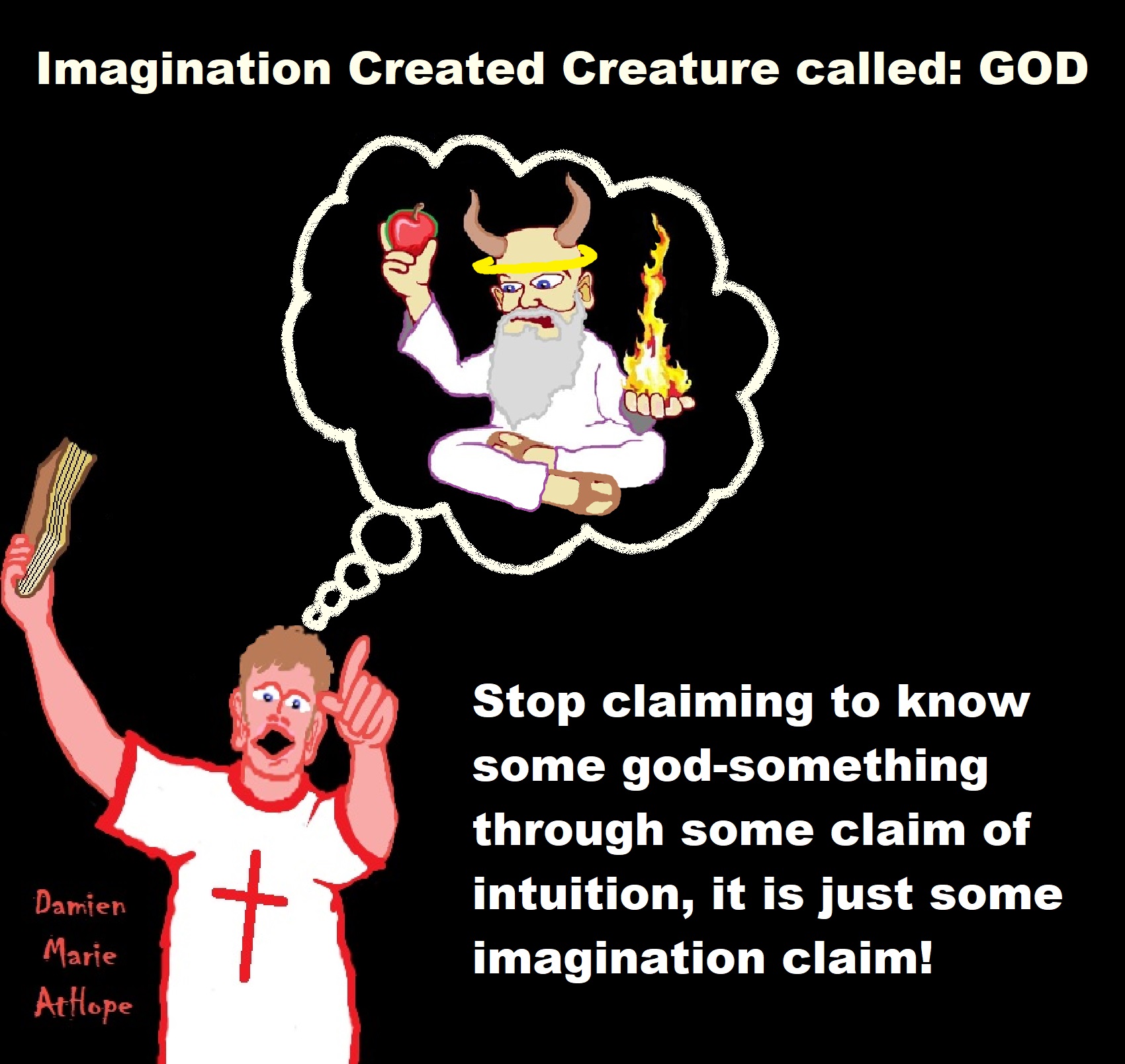
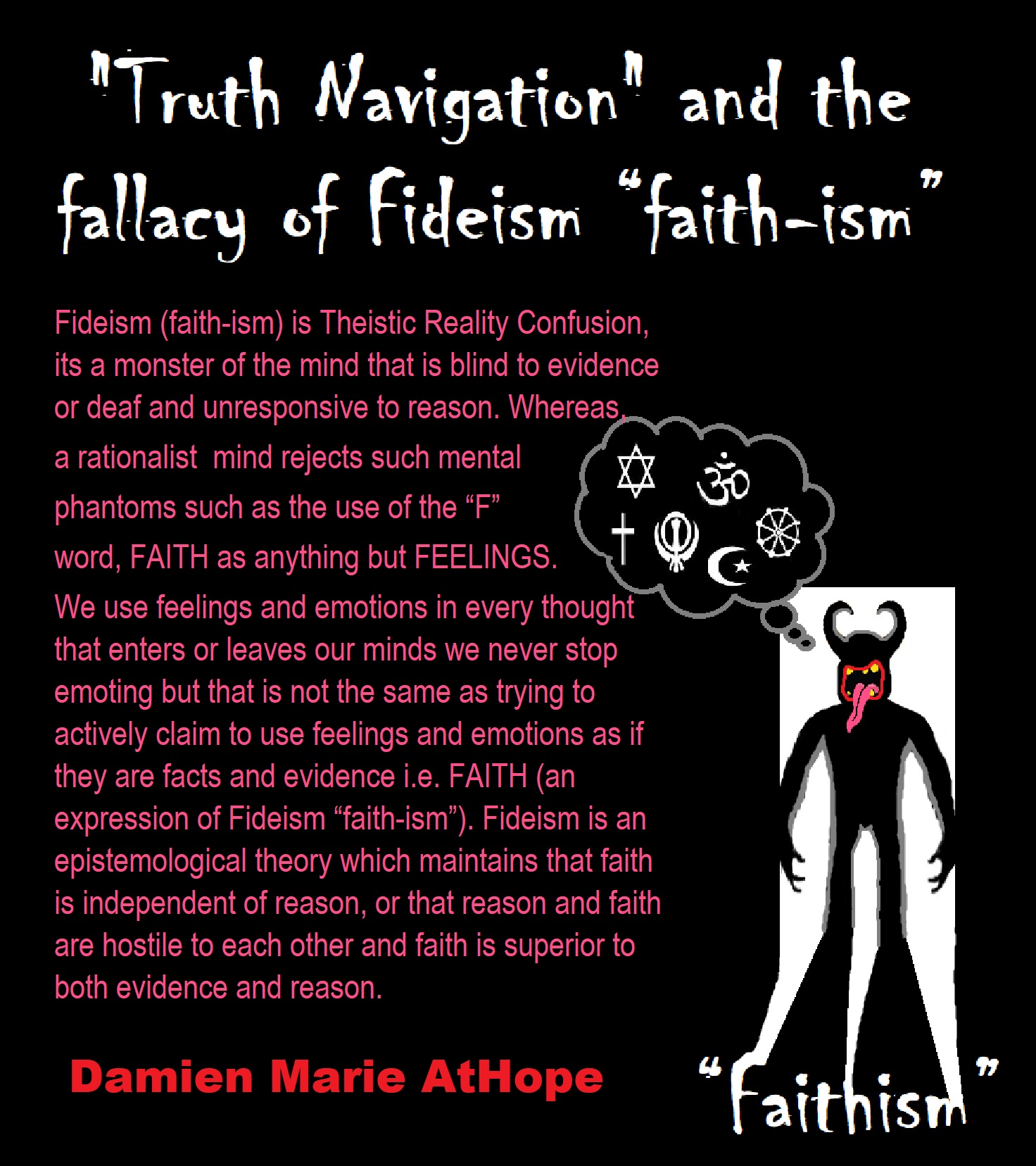
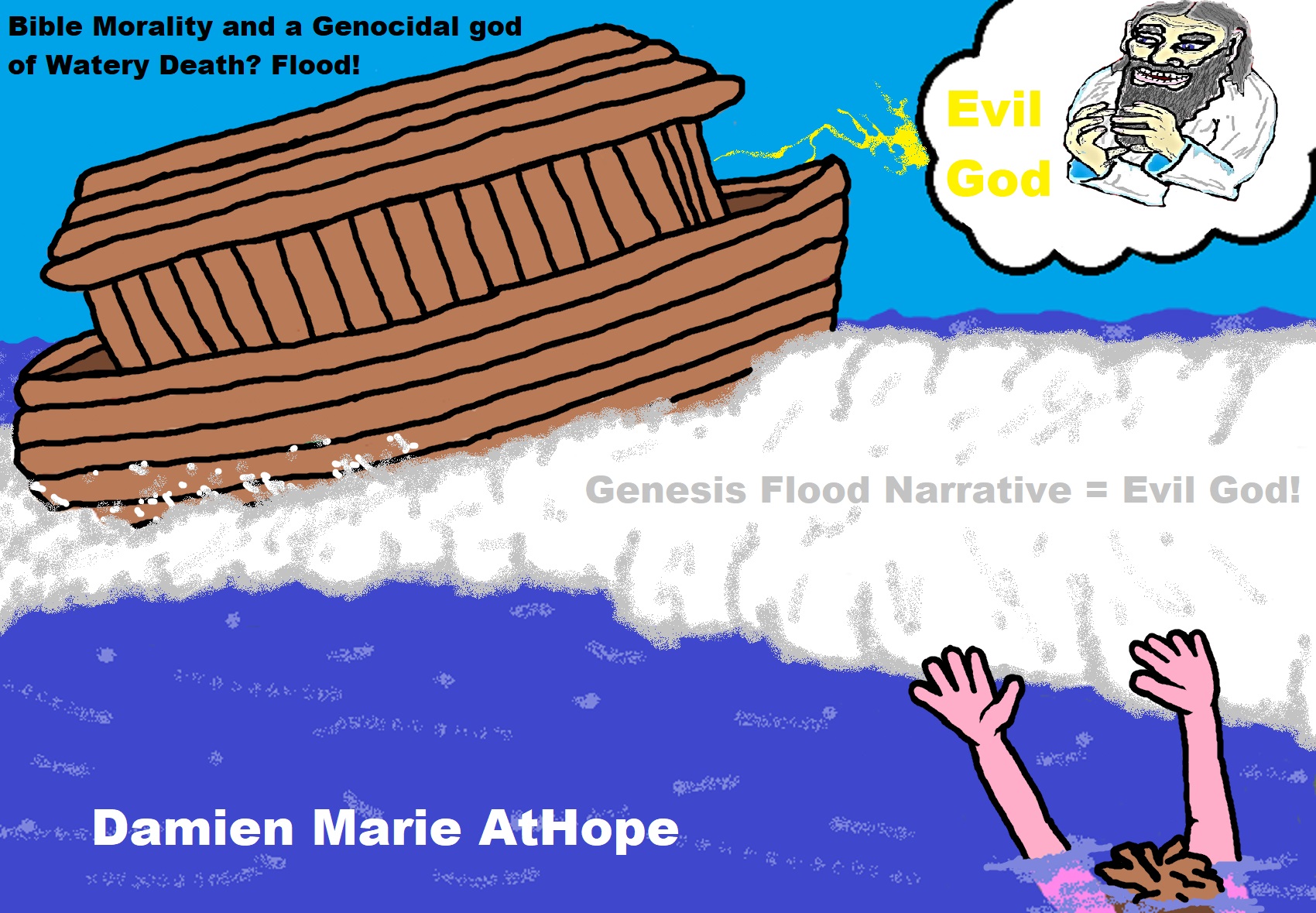



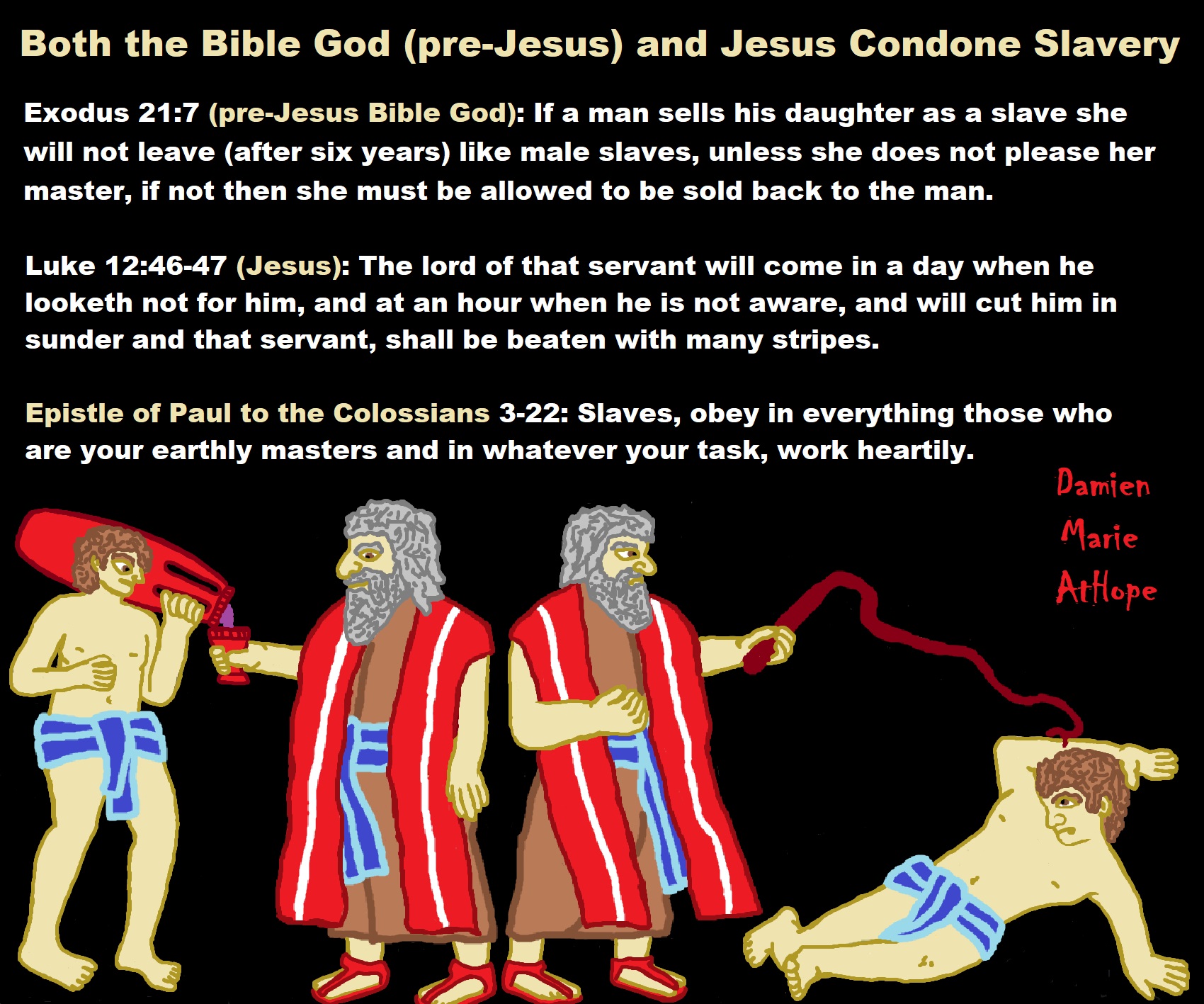

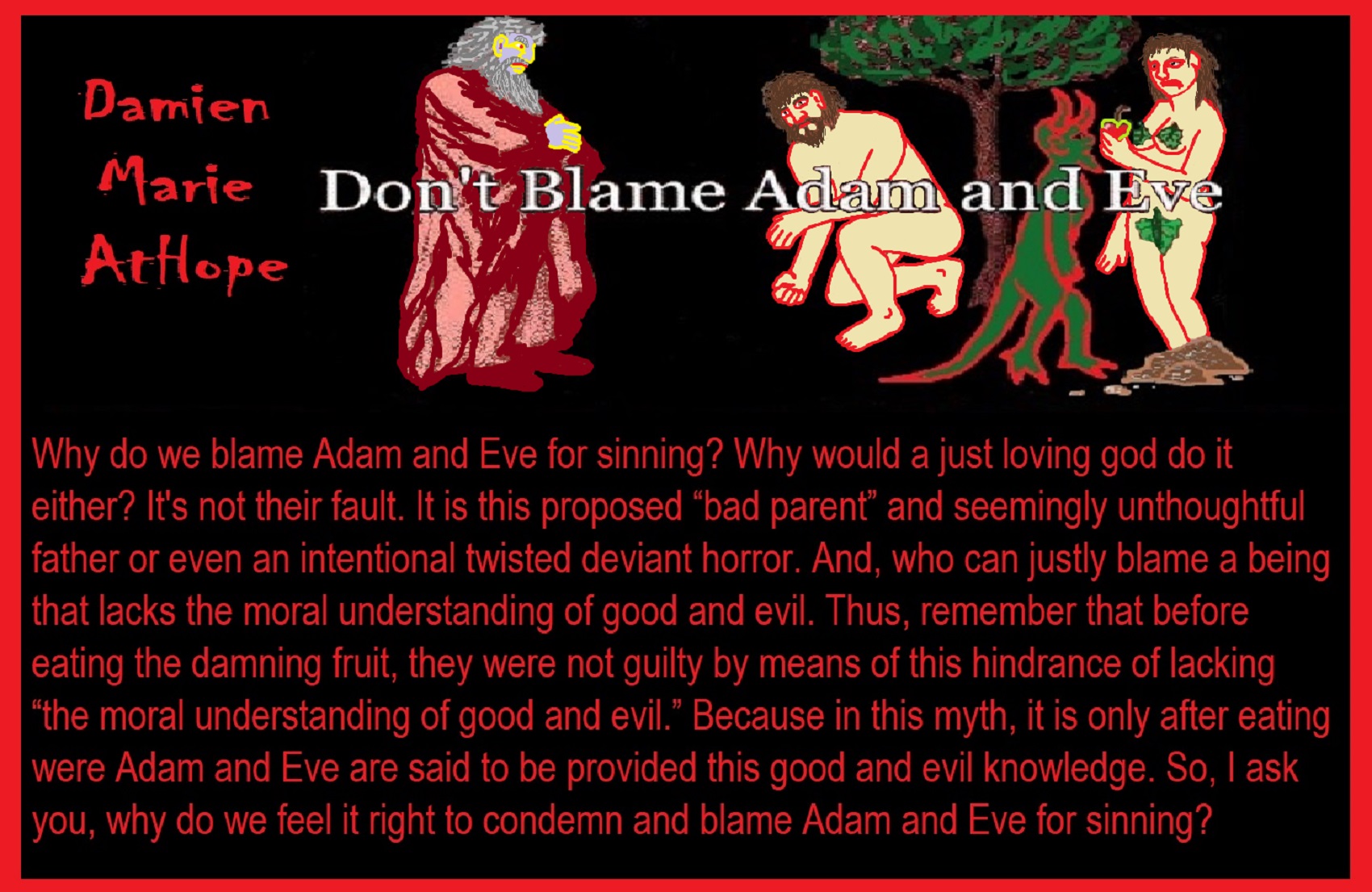
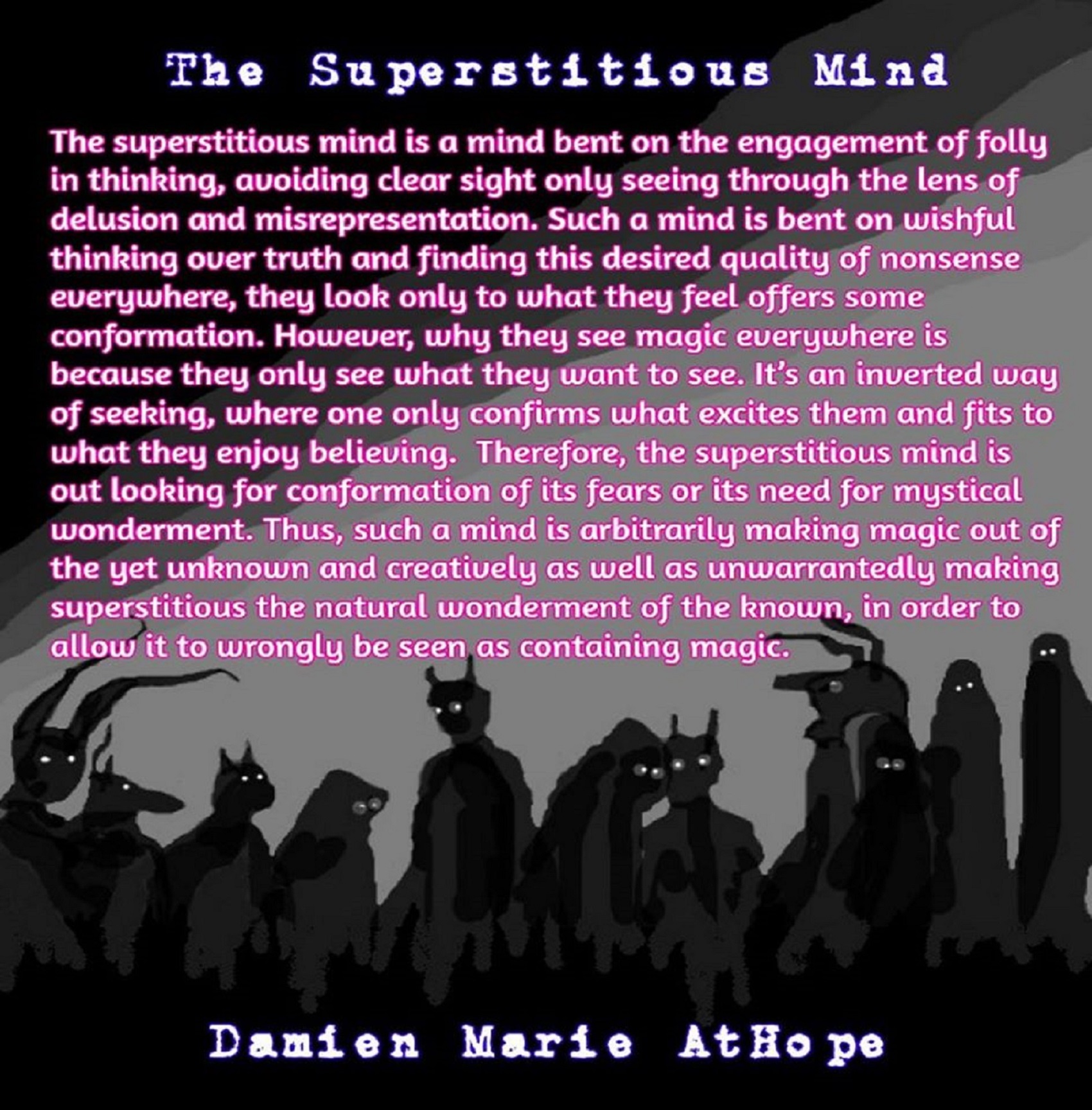
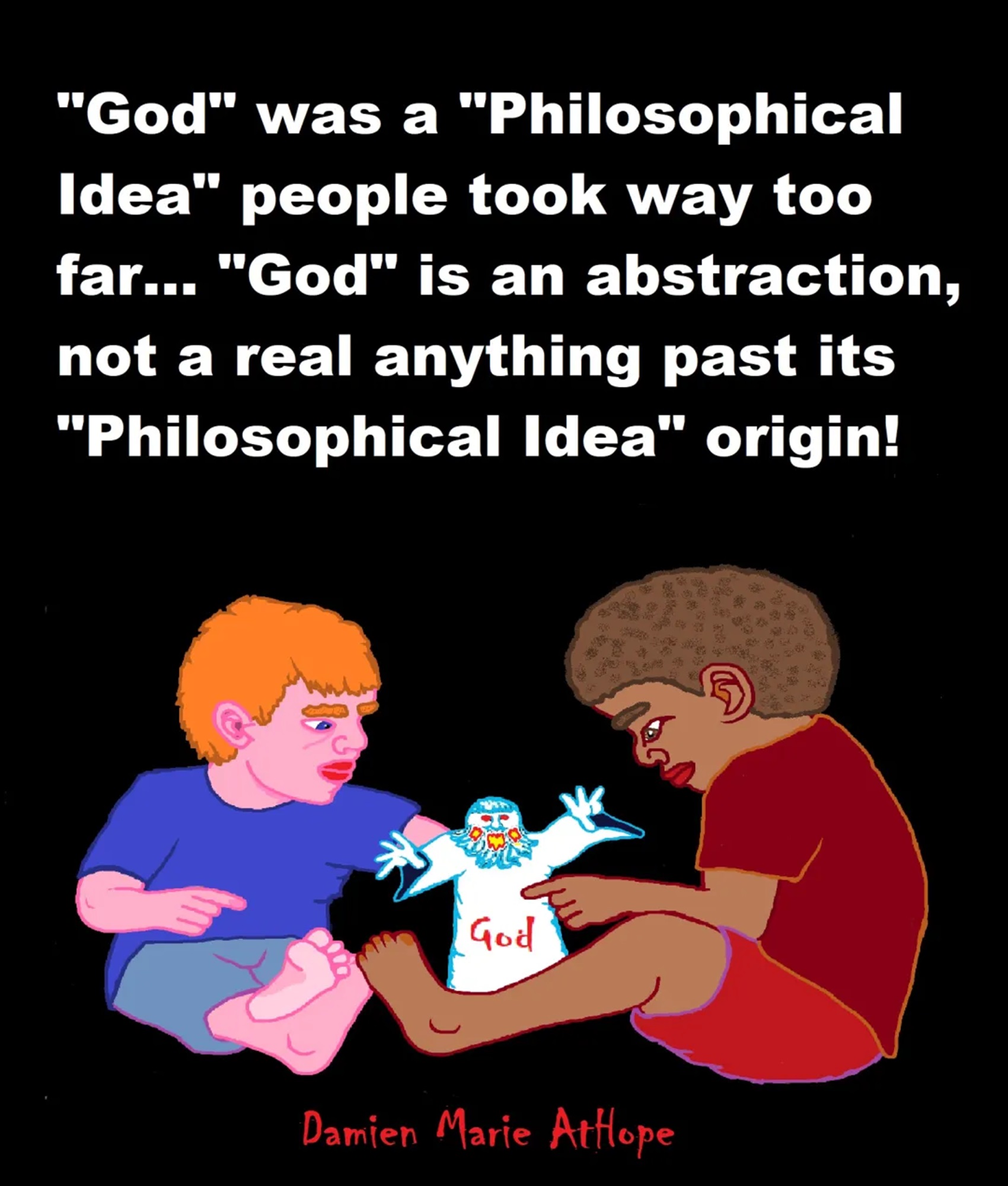
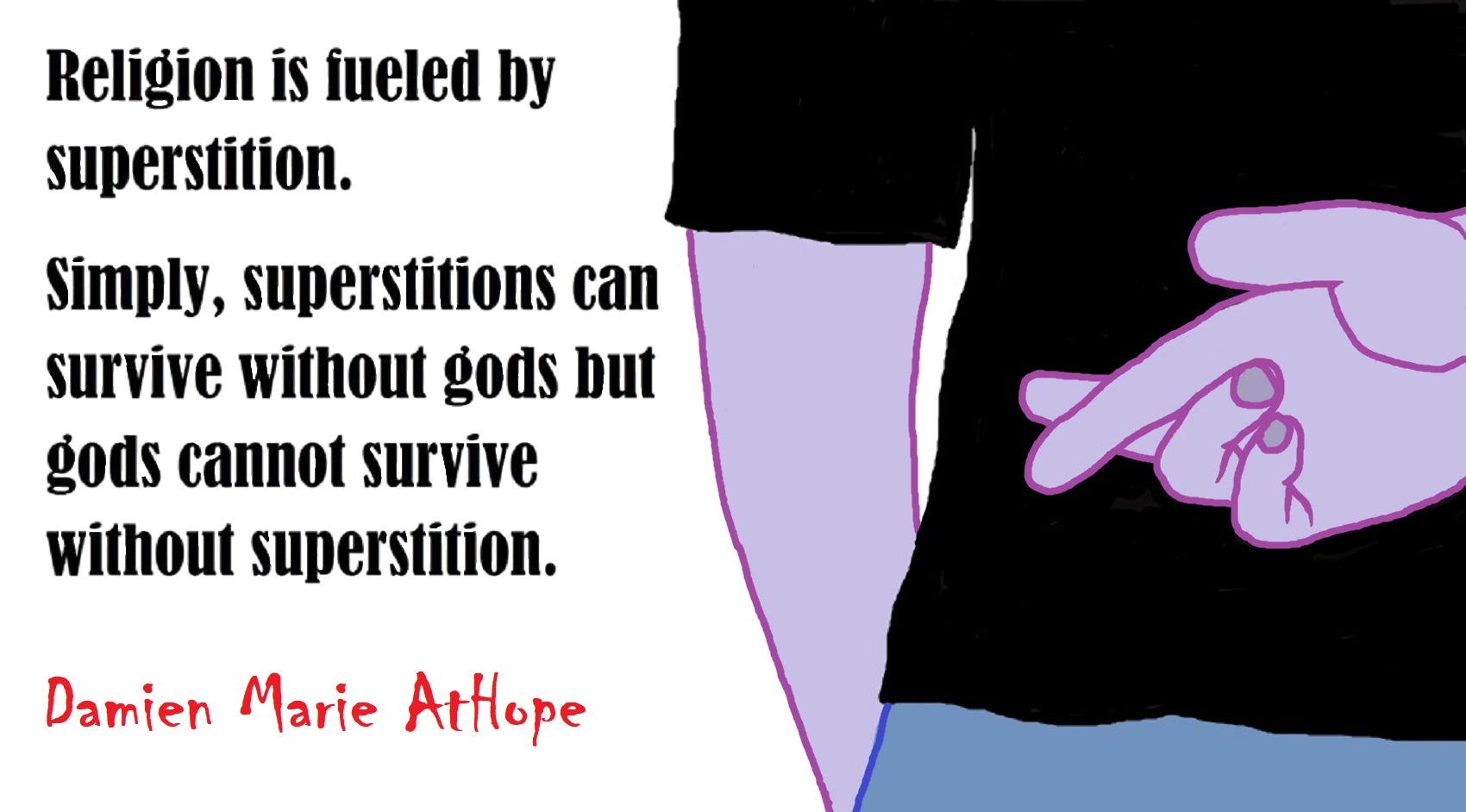


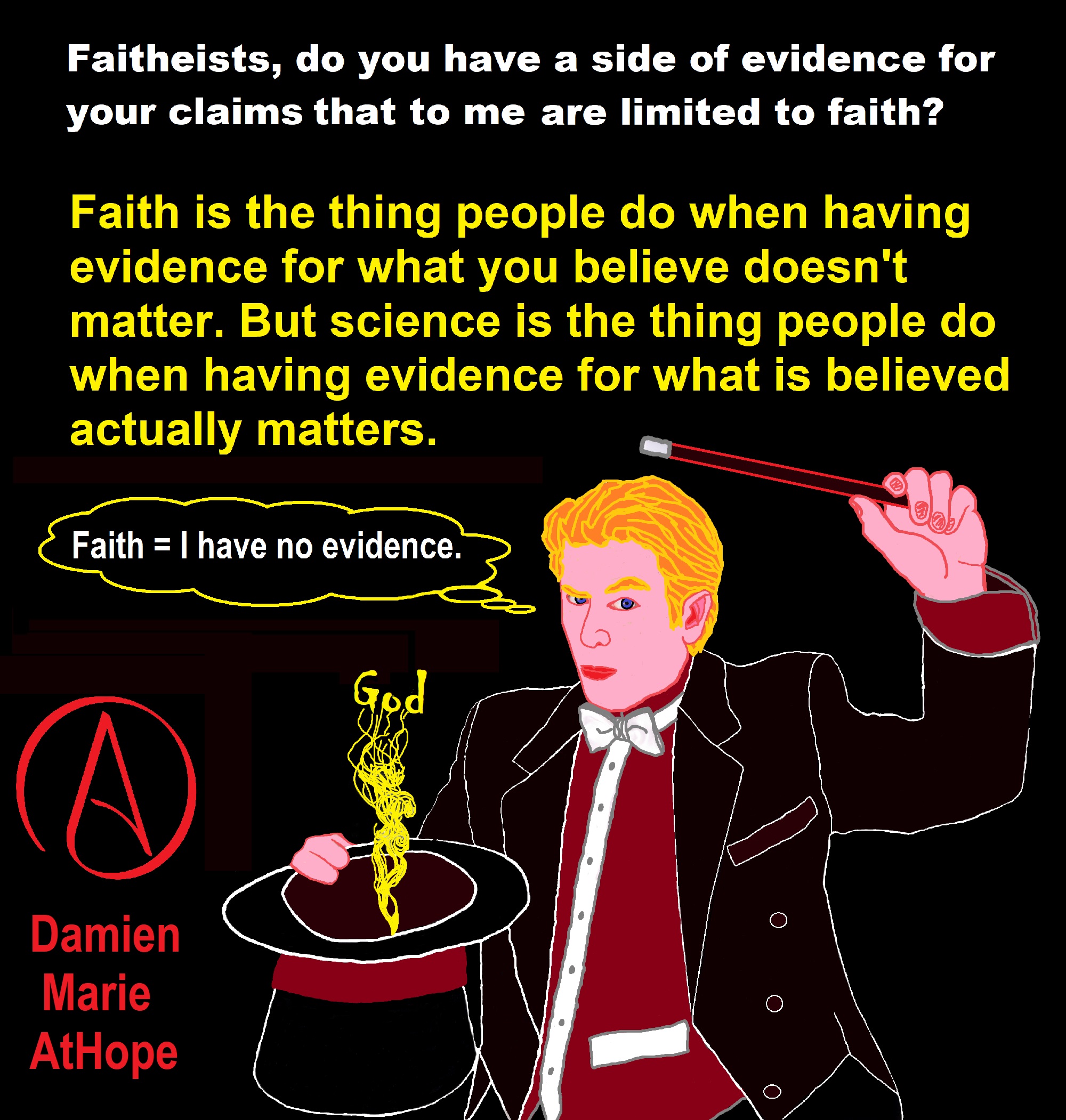

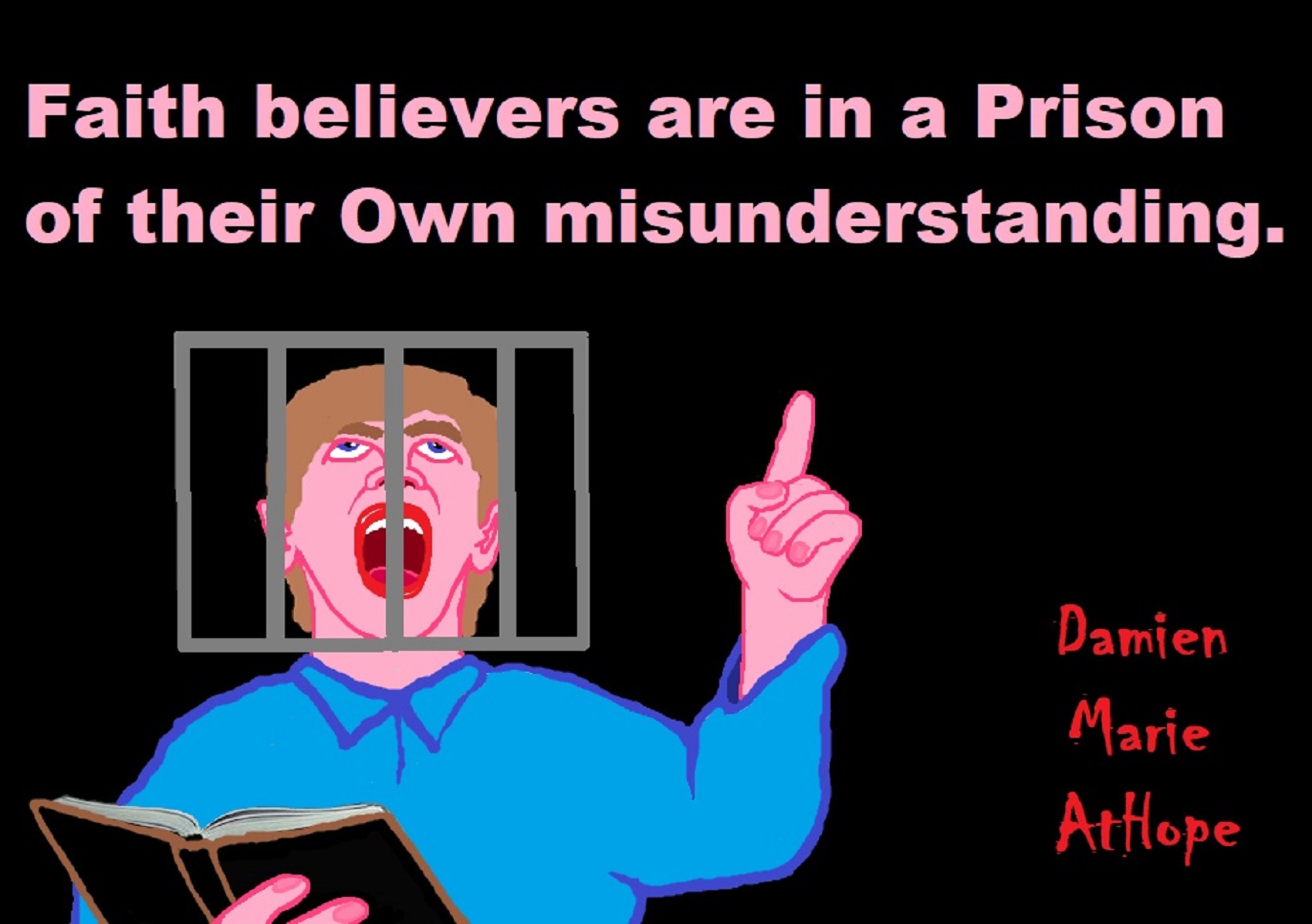
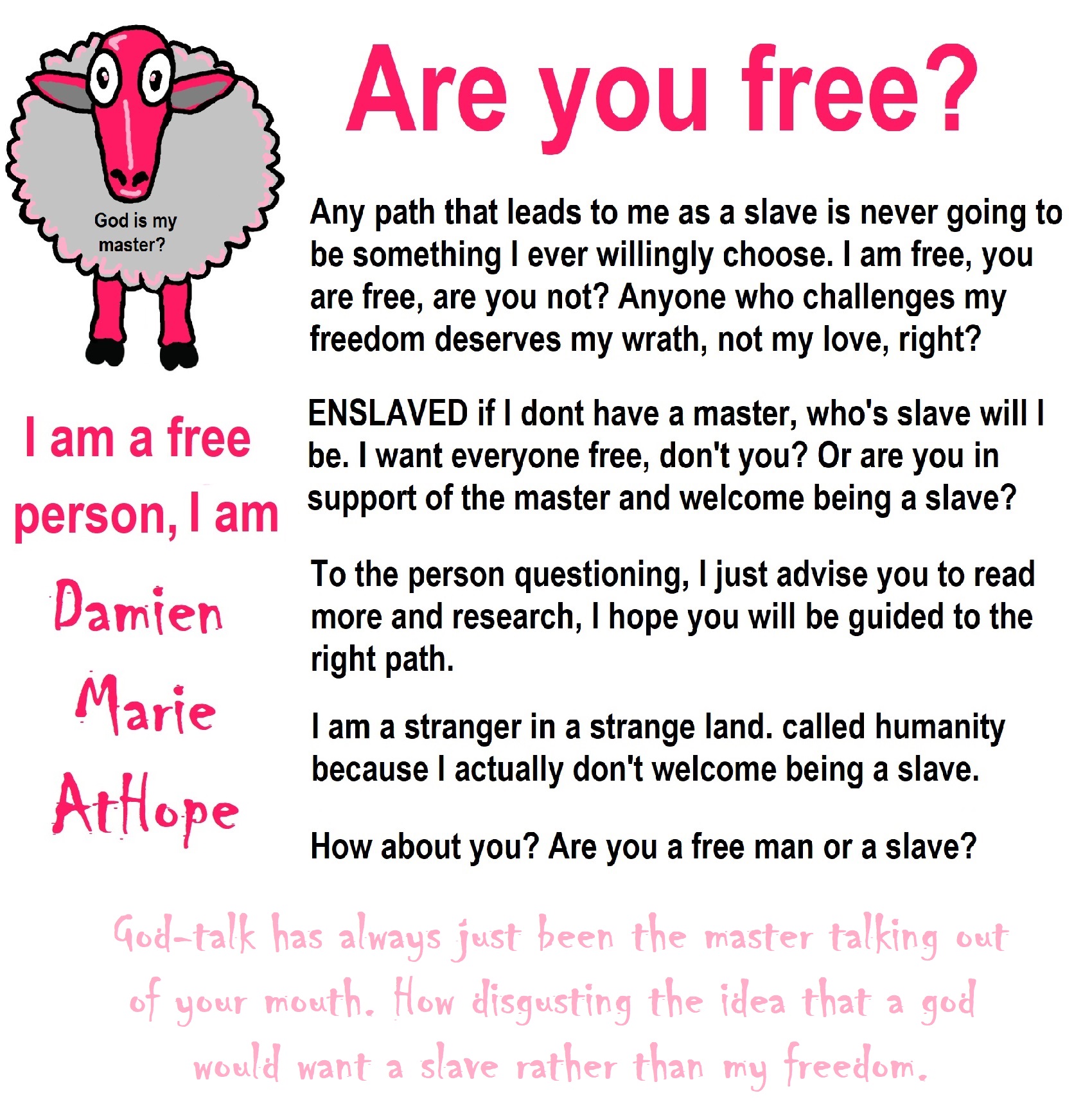
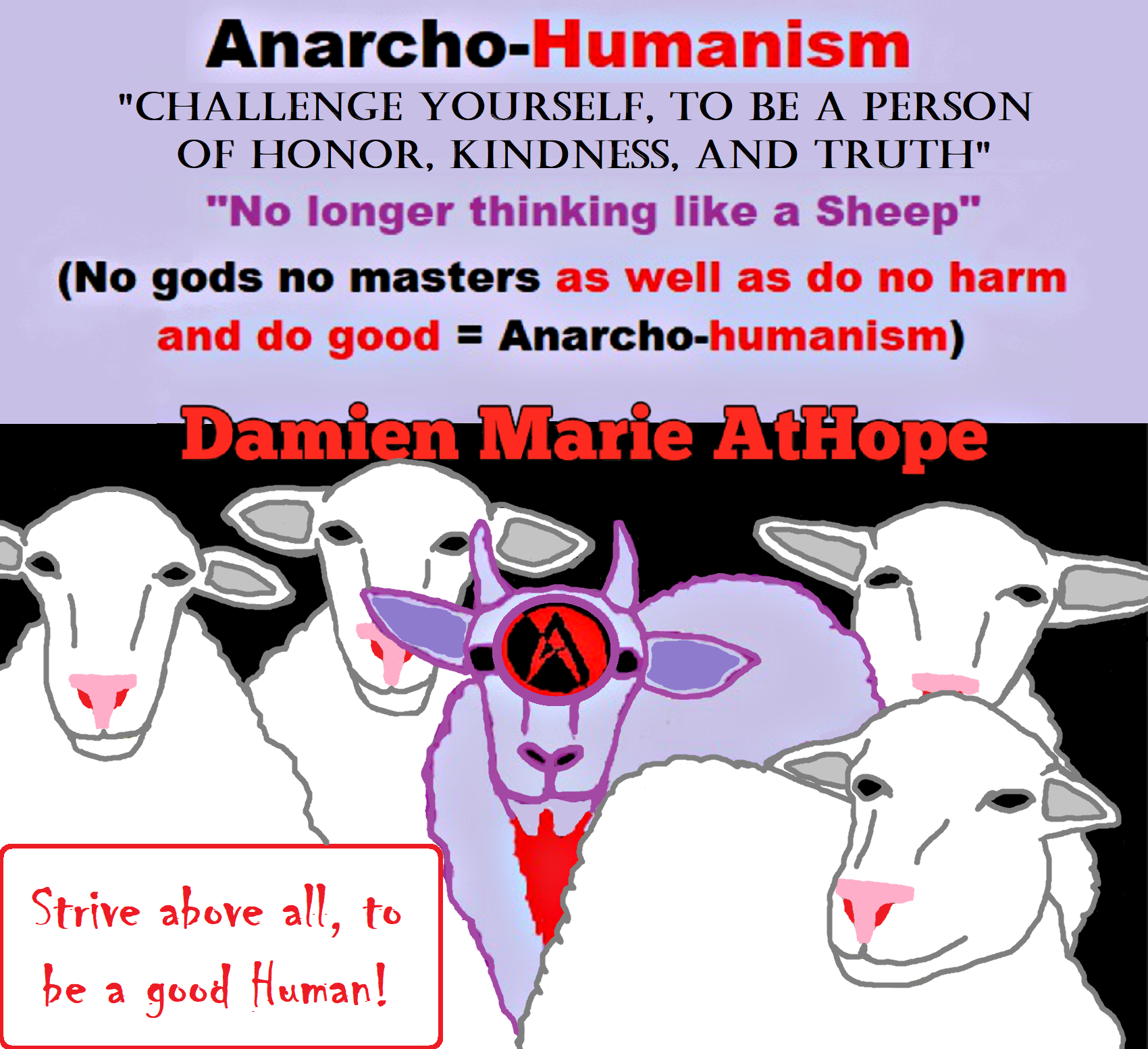

Hinduism around 3,700 to 3,500 years old. ref
Judaism around 3,450 or 3,250 years old. (The first writing in the bible was “Paleo-Hebrew” dated to around 3,000 years ago Khirbet Qeiyafa is the site of an ancient fortress city overlooking the Elah Valley. And many believe the religious Jewish texts were completed around 2,500) ref, ref
Judaism is around 3,450 or 3,250 years old. (“Paleo-Hebrew” 3,000 years ago and Torah 2,500 years ago)
“Judaism is an Abrahamic, its roots as an organized religion in the Middle East during the Bronze Age. Some scholars argue that modern Judaism evolved from Yahwism, the religion of ancient Israel and Judah, by the late 6th century BCE, and is thus considered to be one of the oldest monotheistic religions.” ref
“Yahwism is the name given by modern scholars to the religion of ancient Israel, essentially polytheistic, with a plethora of gods and goddesses. Heading the pantheon was Yahweh, the national god of the Israelite kingdoms of Israel and Judah, with his consort, the goddess Asherah; below them were second-tier gods and goddesses such as Baal, Shamash, Yarikh, Mot, and Astarte, all of whom had their own priests and prophets and numbered royalty among their devotees, and a third and fourth tier of minor divine beings, including the mal’ak, the messengers of the higher gods, who in later times became the angels of Judaism, Christianity and Islam. Yahweh, however, was not the ‘original’ god of Israel “Isra-El”; it is El, the head of the Canaanite pantheon, whose name forms the basis of the name “Israel”, and none of the Old Testament patriarchs, the tribes of Israel, the Judges, or the earliest monarchs, have a Yahwistic theophoric name (i.e., one incorporating the name of Yahweh).” ref
“El is a Northwest Semitic word meaning “god” or “deity“, or referring (as a proper name) to any one of multiple major ancient Near Eastern deities. A rarer form, ‘ila, represents the predicate form in Old Akkadian and in Amorite. The word is derived from the Proto-Semitic *ʔil-, meaning “god”. Specific deities known as ‘El or ‘Il include the supreme god of the ancient Canaanite religion and the supreme god of East Semitic speakers in Mesopotamia’s Early Dynastic Period. ʼĒl is listed at the head of many pantheons. In some Canaanite and Ugaritic sources, ʼĒl played a role as father of the gods, of creation, or both. For example, in the Ugaritic texts, ʾil mlk is understood to mean “ʼĒl the King” but ʾil hd as “the god Hadad“. The Semitic root ʾlh (Arabic ʾilāh, Aramaic ʾAlāh, ʾElāh, Hebrew ʾelōah) may be ʾl with a parasitic h, and ʾl may be an abbreviated form of ʾlh. In Ugaritic the plural form meaning “gods” is ʾilhm, equivalent to Hebrew ʾelōhîm “powers”. In the Hebrew texts this word is interpreted as being semantically singular for “god” by biblical commentators. However the documentary hypothesis for the Old Testament (corresponds to the Jewish Torah) developed originally in the 1870s, identifies these that different authors – the Jahwist, Elohist, Deuteronomist, and the Priestly source – were responsible for editing stories from a polytheistic religion into those of a monotheistic religion. Inconsistencies that arise between monotheism and polytheism in the texts are reflective of this hypothesis.” ref
Jainism around 2,599 – 2,527 years old. ref
Confucianism around 2,600 – 2,551 years old. ref
Buddhism around 2,563/2,480 – 2,483/2,400 years old. ref
Christianity around 2,o00 years old. ref
Shinto around 1,305 years old. ref
Islam around 1407–1385 years old. ref

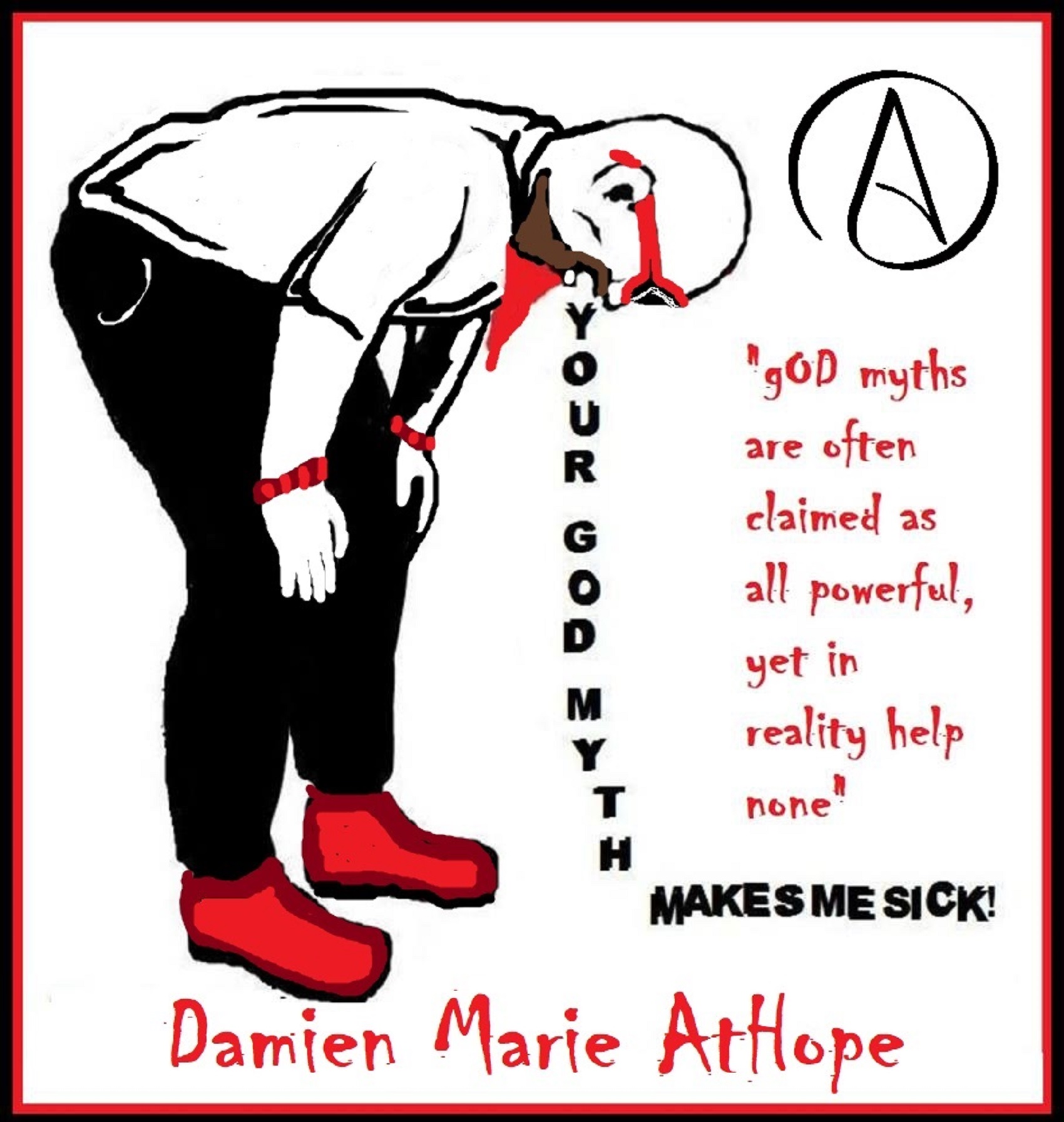
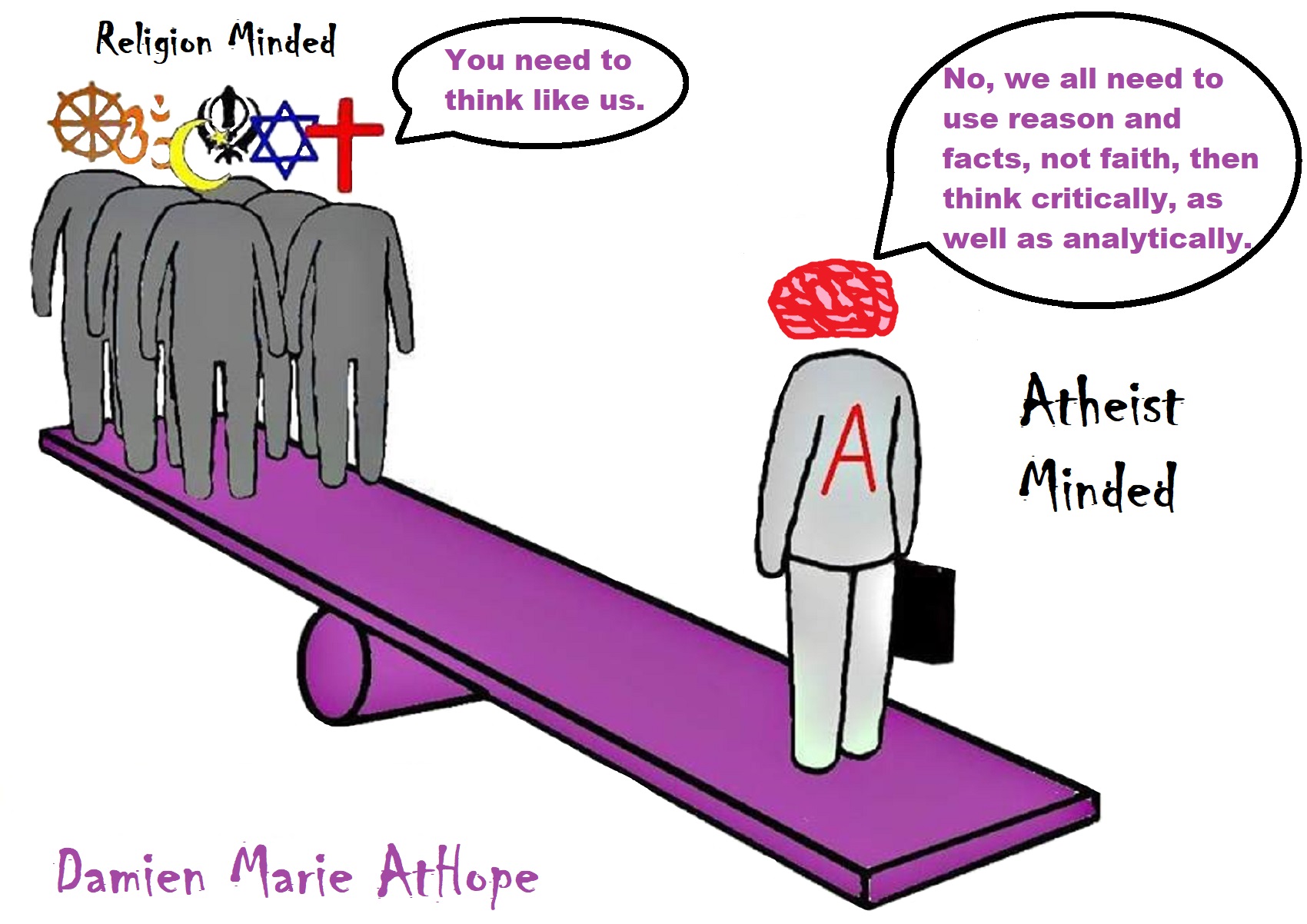






“Theists, there has to be a god, as something can not come from nothing.”
Well, thus something (unknown) happened and then there was something. This does not tell us what the something that may have been involved with something coming from nothing. A supposed first cause, thus something (unknown) happened and then there was something is not an open invitation to claim it as known, neither is it justified to call or label such an unknown as anything, especially an unsubstantiated magical thinking belief born of mythology and religious storytelling.


While hallucinogens are associated with shamanism, it is alcohol that is associated with paganism.
The Atheist-Humanist-Leftist Revolutionaries Shows in the prehistory series:
Show two: Pre-animism 300,000 years old and animism 100,000 years old: related to “Anarchism and Socialism”
Show tree: Totemism 50,000 years old: related to “Anarchism and Socialism”
Show four: Shamanism 30,000 years old: related to “Anarchism and Socialism”
Show five: Paganism 12,000 years old: related to “Anarchism and Socialism”
Show six: Emergence of hierarchy, sexism, slavery, and the new male god dominance: Paganism 7,000-5,000 years old: related to “Anarchism and Socialism” (Capitalism) (World War 0) Elite and their slaves!
Prehistory: related to “Anarchism and Socialism” the division of labor, power, rights, and recourses: VIDEO
Pre-animism 300,000 years old and animism 100,000 years old: related to “Anarchism and Socialism”: VIDEO
Totemism 50,000 years old: related to “Anarchism and Socialism”: VIDEO
Shamanism 30,000 years old: related to “Anarchism and Socialism”: VIDEO
Paganism 12,000 years old: related to “Anarchism and Socialism” (Pre-Capitalism): VIDEO
Paganism 7,000-5,000 years old: related to “Anarchism and Socialism” (Capitalism) (World War 0) Elite and their slaves: VIEDO
Paganism 5,000 years old: progressed organized religion and the state: related to “Anarchism and Socialism” (Kings and the Rise of the State): VIEDO
Paganism 4,000 years old: related to “Anarchism and Socialism” (First Moralistic gods, then the Origin time of Monotheism): VIEDO
I do not hate simply because I challenge and expose myths or lies any more than others being thought of as loving simply because of the protection and hiding from challenge their favored myths or lies.
The truth is best championed in the sunlight of challenge.
An archaeologist once said to me “Damien religion and culture are very different”
My response, So are you saying that was always that way, such as would you say Native Americans’ cultures are separate from their religions? And do you think it always was the way you believe?
I had said that religion was a cultural product. That is still how I see it and there are other archaeologists that think close to me as well. Gods too are the myths of cultures that did not understand science or the world around them, seeing magic/supernatural everywhere.
I personally think there is a goddess and not enough evidence to support a male god at Çatalhöyük but if there was both a male and female god and goddess then I know the kind of gods they were like Proto-Indo-European mythology.
This series idea was addressed in, Anarchist Teaching as Free Public Education or Free Education in the Public: VIDEO
Our 12 video series: Organized Oppression: Mesopotamian State Force and the Politics of power (9,000-4,000 years ago), is adapted from: The Complete and Concise History of the Sumerians and Early Bronze Age Mesopotamia (7000-2000 BC): https://www.youtube.com/watch?v=szFjxmY7jQA by “History with Cy“
Show #1: Mesopotamian State Force and the Politics of Power (Samarra, Halaf, Ubaid)
Show #2: Mesopotamian State Force and the Politics of Power
Show #3: Mesopotamian State Force and the Politics of Power (Uruk and the First Cities)
Show #4: Mesopotamian State Force and the Politics of Power (First Kings)
Show #5: Mesopotamian State Force and the Politics of Power (Early Dynastic Period)
Show #6: Mesopotamian State Force and the Politics of Power
Show #7: Mesopotamian State Force and the Politics of Power (Sargon and Akkadian Rule)
Show #9: Mesopotamian State Force and the Politics of Power (Gudea of Lagash and Utu-hegal)
Show #12: Mesopotamian State Force and the Politics of Power (Aftermath and Legacy of Sumer)

The “Atheist-Humanist-Leftist Revolutionaries”
Cory Johnston ☭ Ⓐ Atheist Leftist @Skepticallefty & I (Damien Marie AtHope) @AthopeMarie (my YouTube & related blog) are working jointly in atheist, antitheist, antireligionist, antifascist, anarchist, socialist, and humanist endeavors in our videos together, generally, every other Saturday.
Why Does Power Bring Responsibility?
Think, how often is it the powerless that start wars, oppress others, or commit genocide? So, I guess the question is to us all, to ask, how can power not carry responsibility in a humanity concept? I know I see the deep ethical responsibility that if there is power their must be a humanistic responsibility of ethical and empathic stewardship of that power. Will I be brave enough to be kind? Will I possess enough courage to be compassionate? Will my valor reach its height of empathy? I as everyone, earns our justified respect by our actions, that are good, ethical, just, protecting, and kind. Do I have enough self-respect to put my love for humanity’s flushing, over being brought down by some of its bad actors? May we all be the ones doing good actions in the world, to help human flourishing.
I create the world I want to live in, striving for flourishing. Which is not a place but a positive potential involvement and promotion; a life of humanist goal precision. To master oneself, also means mastering positive prosocial behaviors needed for human flourishing. I may have lost a god myth as an atheist, but I am happy to tell you, my friend, it is exactly because of that, leaving the mental terrorizer, god belief, that I truly regained my connected ethical as well as kind humanity.
Cory and I will talk about prehistory and theism, addressing the relevance to atheism, anarchism, and socialism.
At the same time as the rise of the male god, 7,000 years ago, there was also the very time there was the rise of violence, war, and clans to kingdoms, then empires, then states. It is all connected back to 7,000 years ago, and it moved across the world.
Cory Johnston: https://damienmarieathope.com/2021/04/cory-johnston-mind-of-a-skeptical-leftist/?v=32aec8db952d
The Mind of a Skeptical Leftist (YouTube)
Cory Johnston: Mind of a Skeptical Leftist @Skepticallefty
The Mind of a Skeptical Leftist By Cory Johnston: “Promoting critical thinking, social justice, and left-wing politics by covering current events and talking to a variety of people. Cory Johnston has been thoughtfully talking to people and attempting to promote critical thinking, social justice, and left-wing politics.” http://anchor.fm/skepticalleft
Cory needs our support. We rise by helping each other.
Cory Johnston ☭ Ⓐ @Skepticallefty Evidence-based atheist leftist (he/him) Producer, host, and co-host of 4 podcasts @skeptarchy @skpoliticspod and @AthopeMarie
Damien Marie AtHope (“At Hope”) Axiological Atheist, Anti-theist, Anti-religionist, Secular Humanist. Rationalist, Writer, Artist, Poet, Philosopher, Advocate, Activist, Psychology, and Armchair Archaeology/Anthropology/Historian.
Damien is interested in: Freedom, Liberty, Justice, Equality, Ethics, Humanism, Science, Atheism, Antiteism, Antireligionism, Ignosticism, Left-Libertarianism, Anarchism, Socialism, Mutualism, Axiology, Metaphysics, LGBTQI, Philosophy, Advocacy, Activism, Mental Health, Psychology, Archaeology, Social Work, Sexual Rights, Marriage Rights, Woman’s Rights, Gender Rights, Child Rights, Secular Rights, Race Equality, Ageism/Disability Equality, Etc. And a far-leftist, “Anarcho-Humanist.”
I am not a good fit in the atheist movement that is mostly pro-capitalist, I am anti-capitalist. Mostly pro-skeptic, I am a rationalist not valuing skepticism. Mostly pro-agnostic, I am anti-agnostic. Mostly limited to anti-Abrahamic religions, I am an anti-religionist.
To me, the “male god” seems to have either emerged or become prominent around 7,000 years ago, whereas the now favored monotheism “male god” is more like 4,000 years ago or so. To me, the “female goddess” seems to have either emerged or become prominent around 11,000-10,000 years ago or so, losing the majority of its once prominence around 2,000 years ago due largely to the now favored monotheism “male god” that grow in prominence after 4,000 years ago or so.
My Thought on the Evolution of Gods?
Animal protector deities from old totems/spirit animal beliefs come first to me, 13,000/12,000 years ago, then women as deities 11,000/10,000 years ago, then male gods around 7,000/8,000 years ago. Moralistic gods around 5,000/4,000 years ago, and monotheistic gods around 4,000/3,000 years ago.
To me, animal gods were likely first related to totemism animals around 13,000 to 12,000 years ago or older. Female as goddesses was next to me, 11,000 to 10,000 years ago or so with the emergence of agriculture. Then male gods come about 8,000 to 7,000 years ago with clan wars. Many monotheism-themed religions started in henotheism, emerging out of polytheism/paganism.

Damien Marie AtHope (Said as “At” “Hope”)/(Autodidact Polymath but not good at math):
Axiological Atheist, Anti-theist, Anti-religionist, Secular Humanist, Rationalist, Writer, Artist, Jeweler, Poet, “autodidact” Philosopher, schooled in Psychology, and “autodidact” Armchair Archaeology/Anthropology/Pre-Historian (Knowledgeable in the range of: 1 million to 5,000/4,000 years ago). I am an anarchist socialist politically. Reasons for or Types of Atheism
My Website, My Blog, & Short-writing or Quotes, My YouTube, Twitter: @AthopeMarie, and My Email: damien.marie.athope@gmail.com




